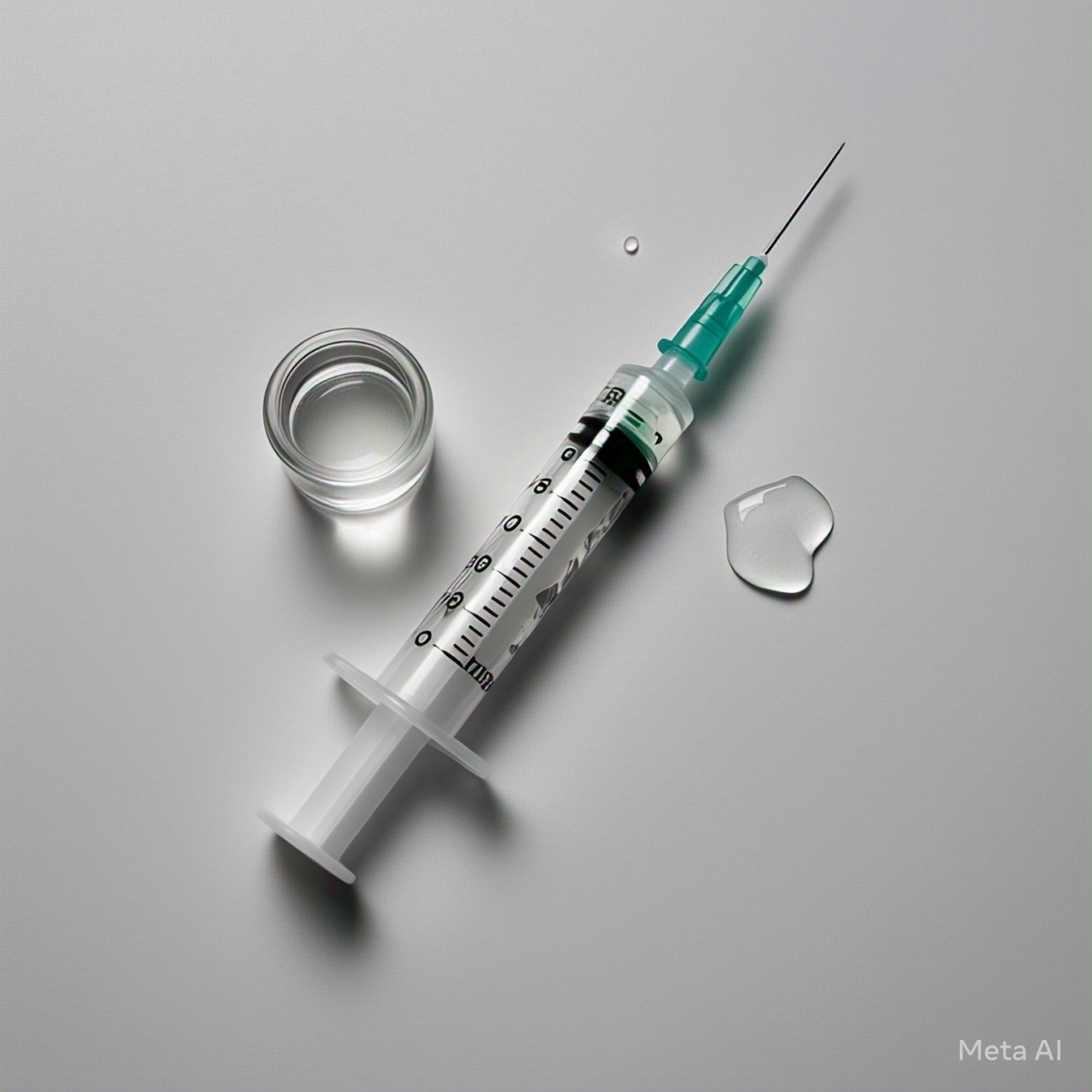Injections route of administration explain
Injections play a critical role in healthcare, but not all are the same. Here's a quick breakdown of the four main types and their common uses:
1 Intramuscular (IM):
Delivered deep into the muscle for faster absorption.
Examples:
• Vaccines like tetanus or hepatitis B
• Pain relievers like morphine
• Hormonal injections like testosterone
2 Subcutaneous (SC):
Injected into the fat layer beneath the skin for slower, steady absorption.
Examples:
• Insulin for diabetes management
• Blood thinners like heparin
• Hormone therapies like growth hormone
3 Intravenous (IV):
Delivered directly into the bloodstream for immediate effects.
Examples:
• Antibiotics in critical infections
• Chemotherapy for cancer treatment
• Fluids or electrolytes for dehydration
4 Intradermal (ID):
Injected into the top layer of the skin, used for diagnostic or localized purposes.
Examples:
• Tuberculosis (Mantoux) test
Allergy testing
• Local anesthesia for minor procedures
Understanding these methods ensures effective medication delivery, improving patient outcomes.





Comments
Post a Comment